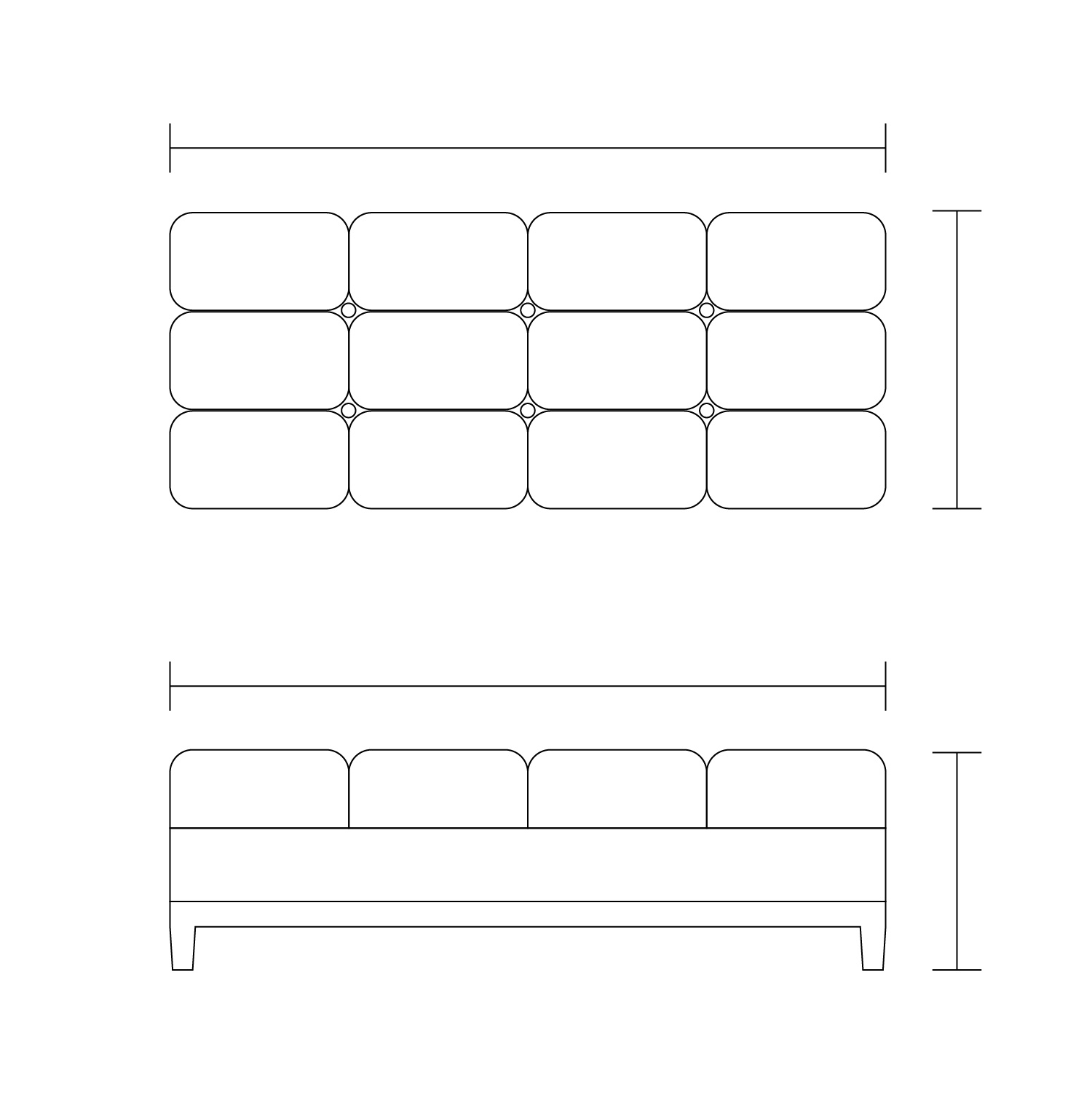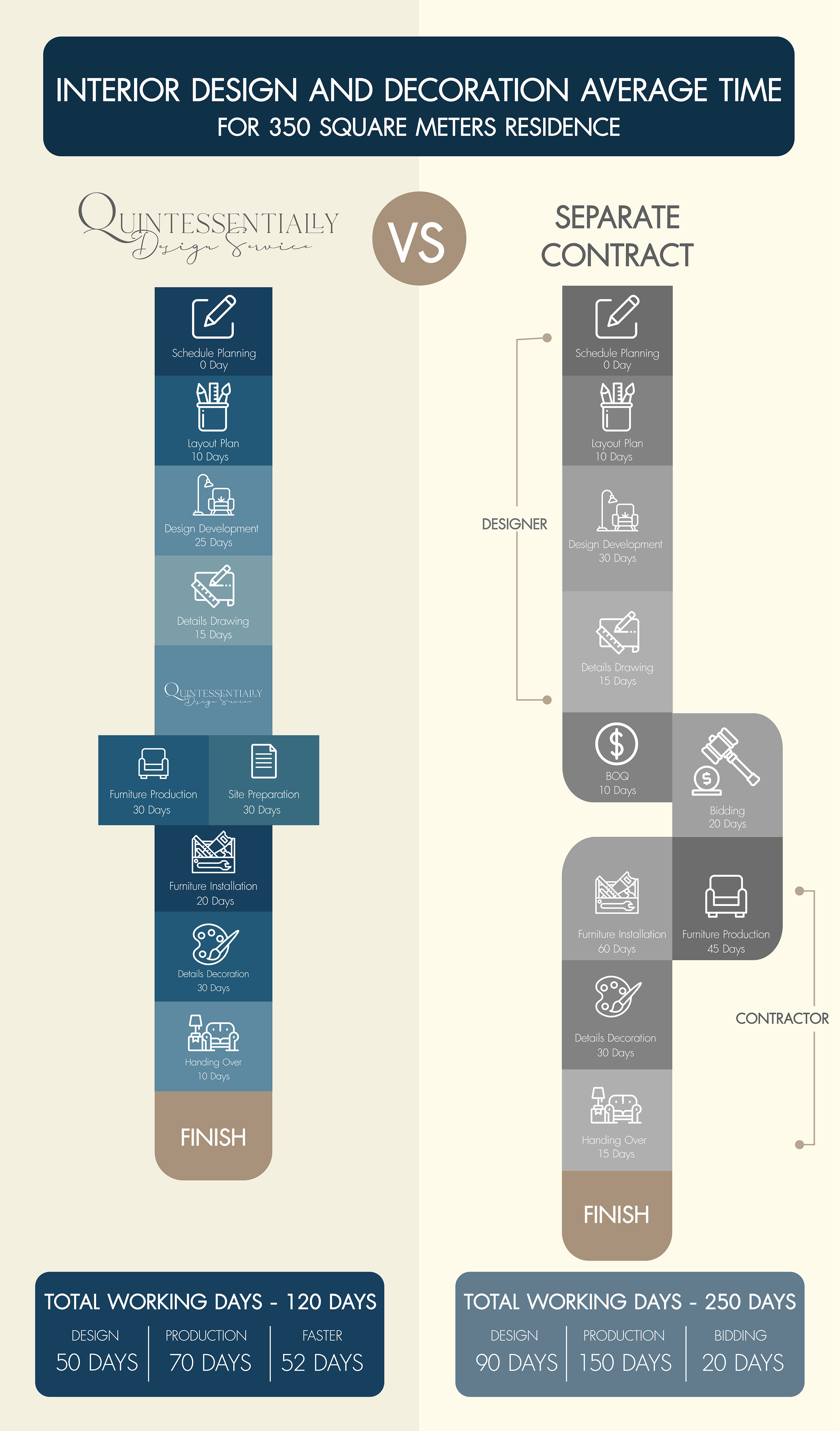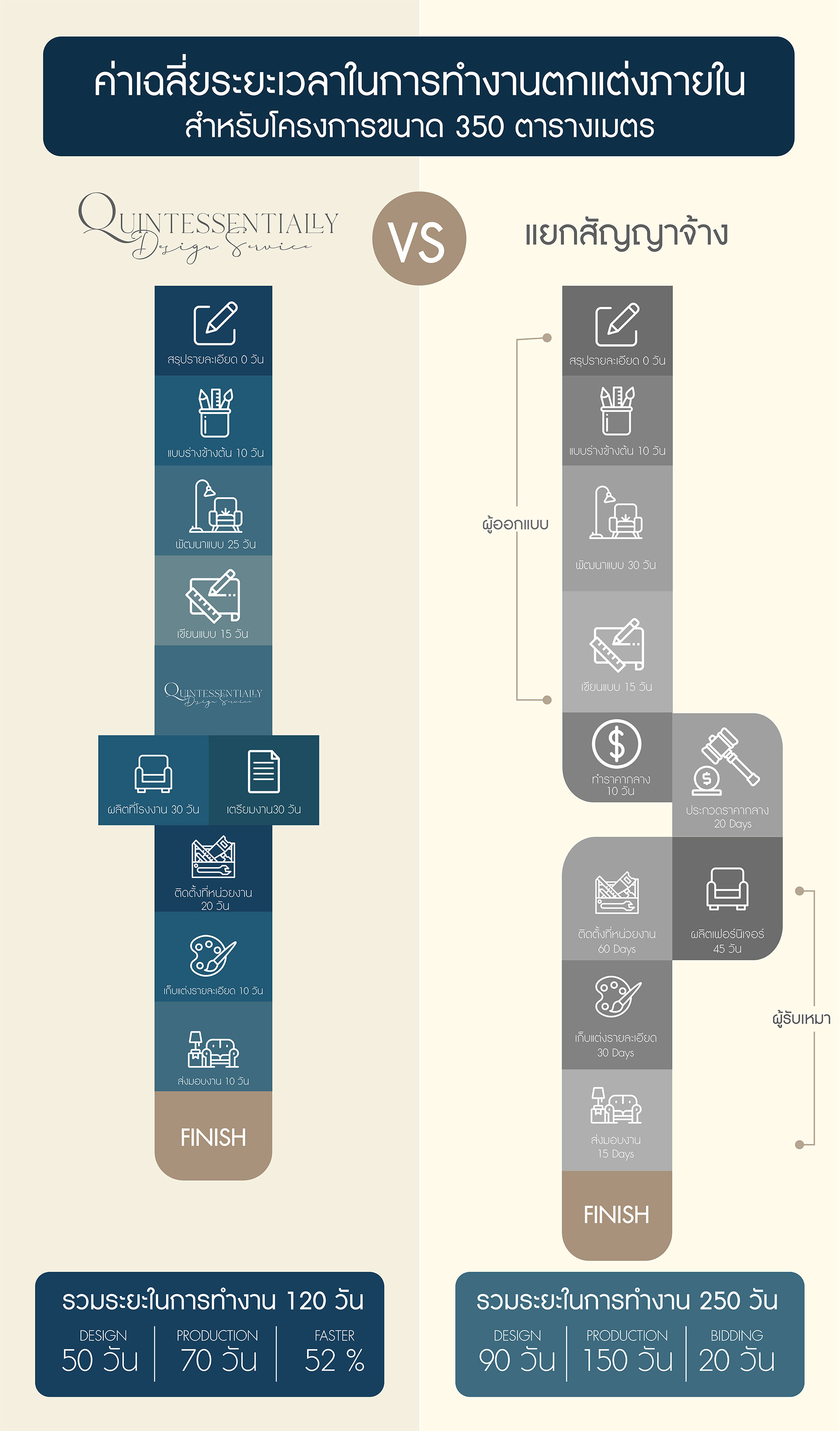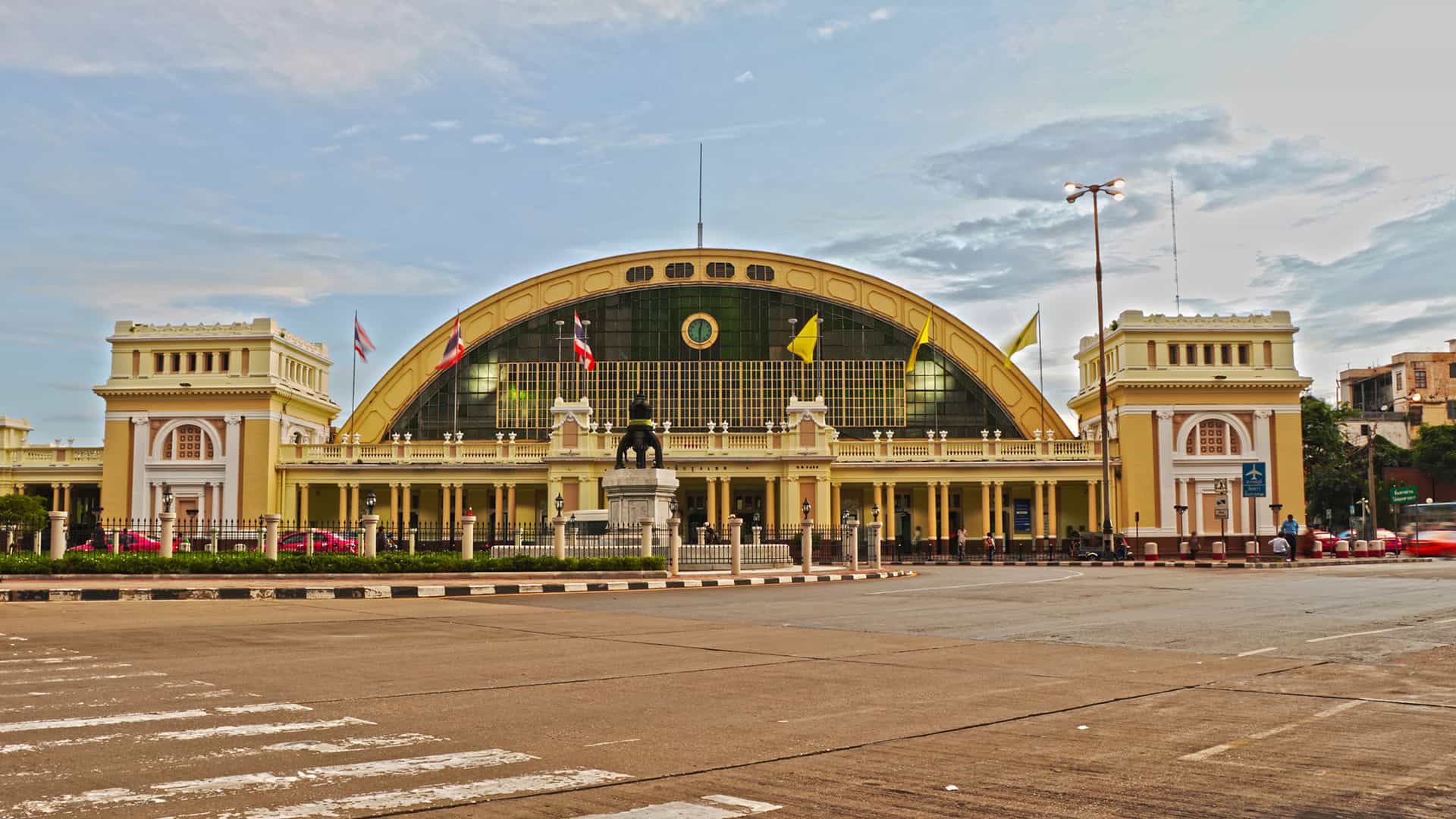
ITALIAN STYLE ARCHITECTURES IN THAILAND
| EN | TH |
It was around the year 1857 that Thai architecture started adapting to the concept of change in society, culture and the government. This led to the development of Rattanakosin Island and many temples, palaces, roads, bridges over canals and monuments were built. Italian architects and engineers were hired to design and construct a lot of important buildings in Bangkok at the time. It was to bring change and signal the beginning of a new era. Though a long time has passed, these structures still stand but their beauty is slowly fading with time.
Ananta Samakhom Throne Hall
(พระที่นั่งอนันตสมาคม)
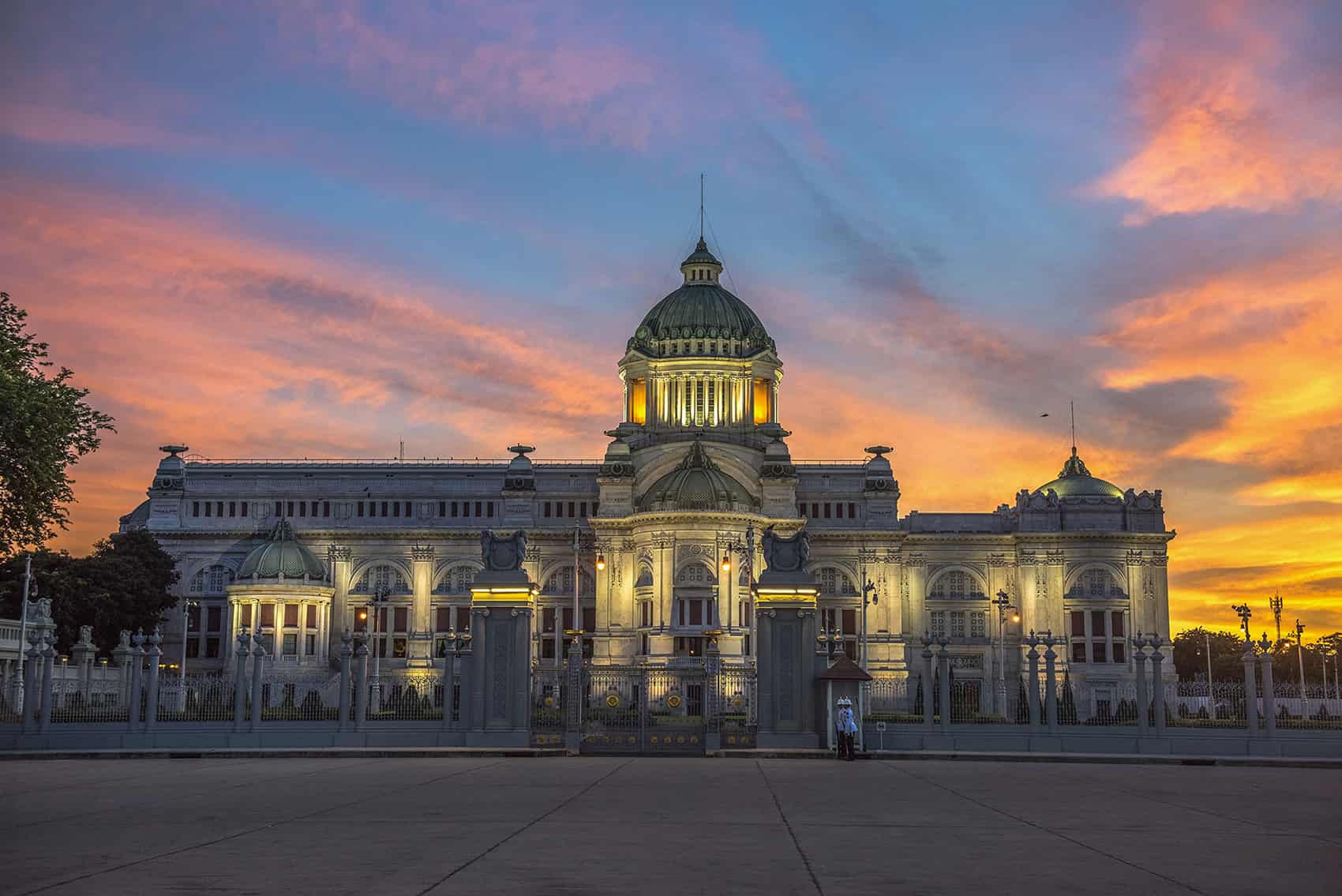
Credit : Boyfoto on th.wikipedia
Location: Dusit Palace, Bangkok
The Ananta Samakhom Throne Hall was constructed during the reign of King Rama V. King Chulalongkorn commissioned the building to be a site for government meetings and as a reception hall. However, he passed away two years after the construction started. After this, King Rama VI took over the project and it was completed in 1915 after five more years had passed.
The architect was Mario Tamagno, an Italian who was responsible for many projects in Siam. The hall was made in the neo-renaissance and neo-classic architectural style. The upper part of the two-storeyed building is perhaps its most distinctive feature. It has a classic Roman central marble dome with six smaller domes surrounding it. Paintings by Carlo Riguli and Galileo Chini cover the walls and domes. These depicted the history of the Chakri Dynasty.
The exterior of the structure was decorated using marble imported from the city of Carrara in Italy. The shape of the building resembles St. Peter’s Basilica in Vatican City as well as St. Paul’s Church in London. When seen from above, the layout of the Throne Hall is in the form of a Latin cross.
The interior of the hall has frescos made by Riguli and Chini as well. Each dome depicts a part of the history of each ruler of the Chakri dynasty. They represent the important royal duties carried out by the rulers from the first reign to the sixth reign. Art nouveau paintings decorate the walls on the balcony in the middle hall. The pictures display European women who hold flower garlands in their hands.
Bang Khun Phrom / The Bank of Thailand Museum
(วังบางขุนพรหม / ธนาคารแห่งประเทศไทย)
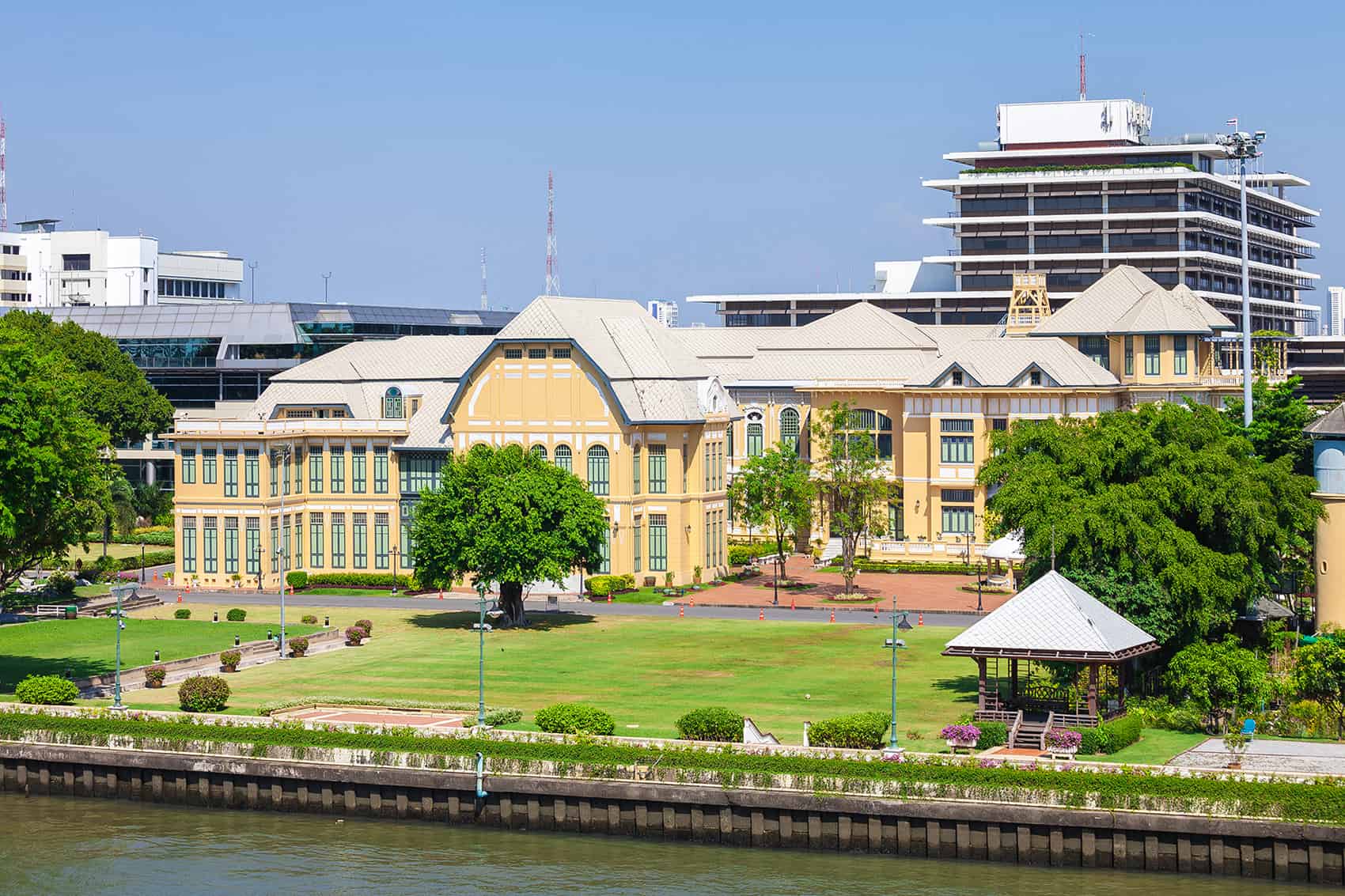
Credit : Supanut Arunoprayote on th.wikipedia
Location: Samsen Road, Phra Nakhon District, Bangkok
Another important building in Thailand influenced by Italian architecture is Bang Khun Phrom Palace. It is a brick and mortar structure that was the former royal residence of Prince Sukhumbandhu till his exile. Mario Tamagno was the architect behind the main residence in the Rococo style while the Queen’s residence was built in German Art Nouveau style later by Karl Dohring. It became the Bank of Thailand in 1945 and is now a museum. This building is registered as an ancient monument and is an important part of Thai history.
The palace is composed of Tamnak Yai, the Prince’s mansion and Tamnak Somdej, the Queen’s mansion. Tamnak Yai has a two-tiered roof with a Mansart shape and the lower layer of the roof has dormers to allow more light and ventilation. Diamond-shaped tiles were used for the roofs of both the buildings and these are known as krabuang wao. The influence of Rococo and Baroque is evident in the curvy lines of the exterior eastern walls, roof and stucco motifs. One of the most striking features here is the marble staircase that is acclaimed as one of the most beautiful staircases in Bangkok. Baroque art is visible in the stucco design on the columns.
The Pink Room and the adjacent Blue Room are worth a mention as well. One of the finest rooms in the main residence is the Pink Room where the Prince hosted many monarchs and dignitaries. The Blue Room was where the prince’s consort would host her guests.
The elements of the interiors done in each room of the palace are similar. Stucco is used in a convex line along the lightbox and door frame. The striped wooden doors at the center of the wooden panels are outstanding. A perforated wooden panel closes the light above that is above the door. Perforated wooden panels were used to decorate the ceiling as well and the pattern is emphasized with golden stucco. Teak wood was used for the flooring in each room.
The exteriors of the Palace are quite aesthetic and one must take time to look at the beautiful stucco main gate that is hailed as the most beautiful entrance in Thailand.
Makwana Rangsan Bridge
(สะพานมัฆวานรังสรรค์)
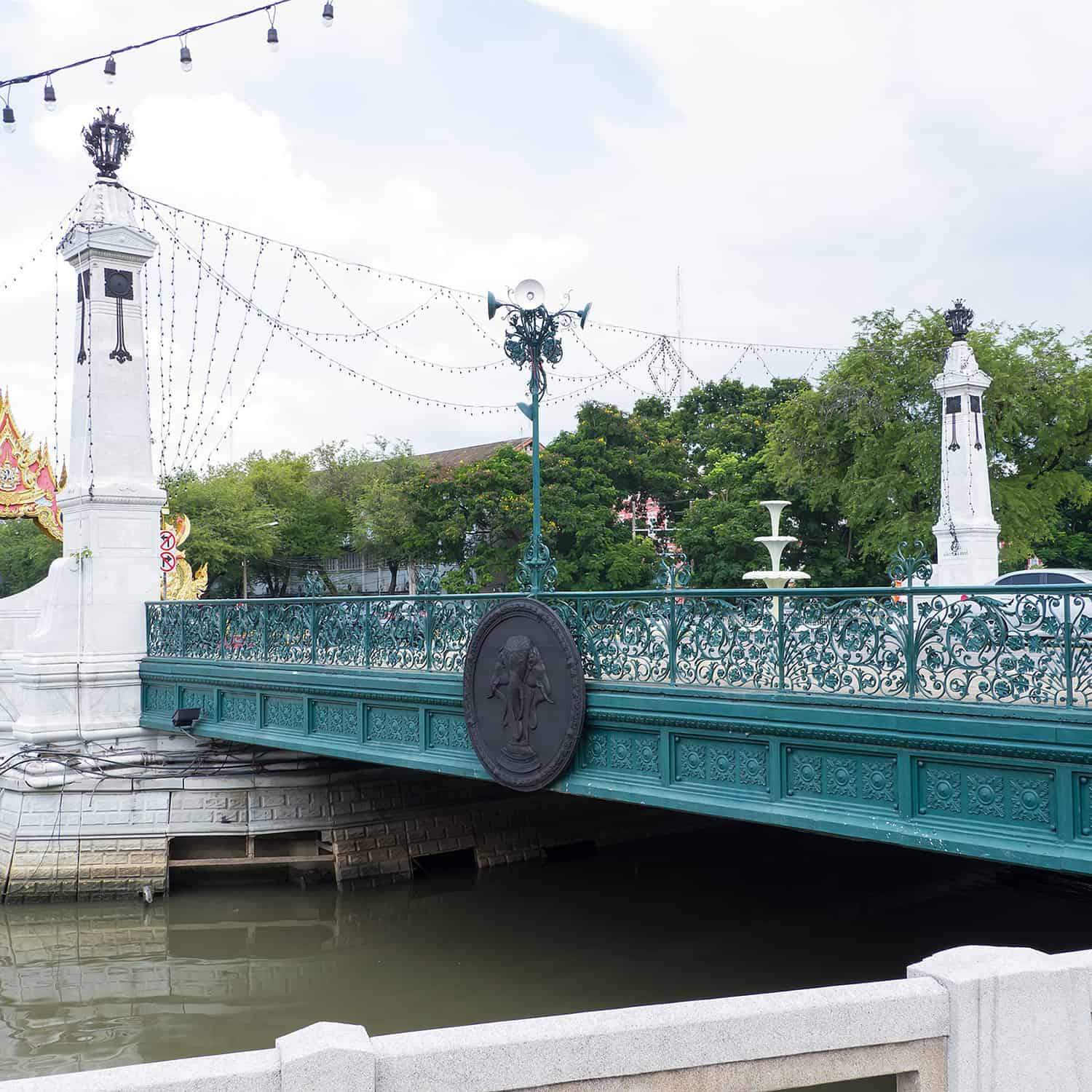
Credit : CKasa on th.m.wikipedia
Location: Ratchadamnoen Nok Rd, Bangkok
The Makkhawan Rangsan Bridge is an iconic bridge in Thailand. An Italian architect known as Carlo Allegri designed it with the influence of Italian architecture with Spanish architecture. It was opened for use in 1903. The bridge spans across Bang Khun Phrom sub-district, Phra Nakhon District and Wat Sommanat Sub-district, Pom Prap Sattru Phai District with Dusit Sub-district, Dusit district.
The construction of the bridge took three years and the main source of inspiration was Pont Alexandre III of Paris. The Erawan steel frame on the bridge is beautiful and it has four lamp posts made of marble too. The floor was made with concrete and cast iron bridge rails decorate the bridge. Bronze lanterns were put up at the corner of the bridge. It is still known as one of the most beautiful architectural structures in Thailand.
Originally, the bridge was supposed to be named Makkhawan Rangrak by King Rama V but instead, it was called the bridge that was created by Makkhawan or Makkhawan Rangsan. King Rama IX later added two more bridges to it since traffic had increased.
Mahadthai Uthit Bridge
(สะพานมหาดไทยอุทิศ)
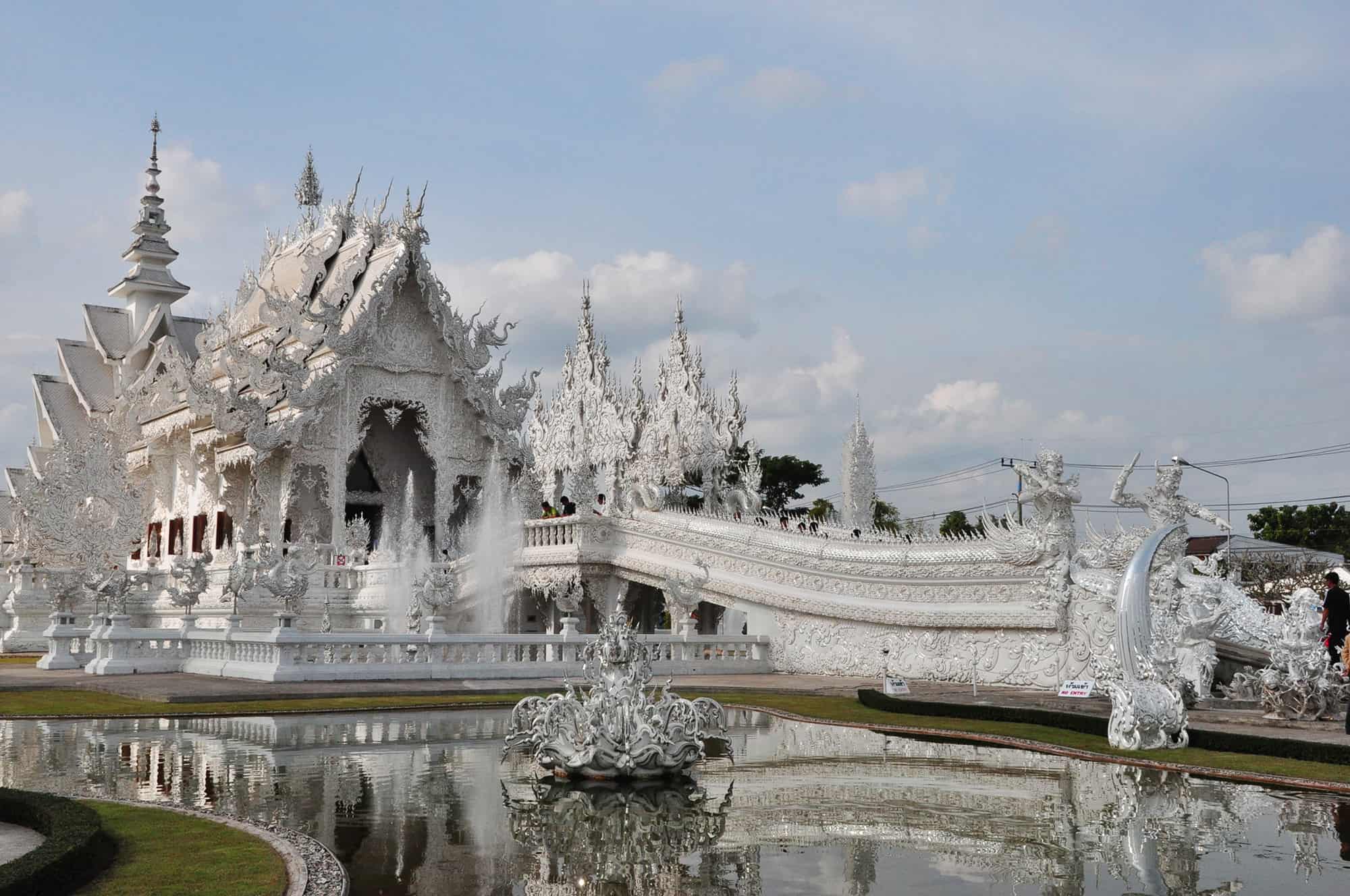
Credit : Chainwit. on th.wikipedia
Location: Mahanak Canal, Bangkok
The official name of the bridge is Saphan Mahadthai Uthit but it is commonly called The Crying Bridge. The official name recognises the contribution of funds for its construction by Thai civil servants. However, the colloquial name hints at the sadness the people felt when King Chulalongkorn passed away in 1910.
Bangkok depended on its network of canals before the construction of all the roads and easier modes of transport. It was known as the Venice of the East due to these waterways. The Crying Bridge is one functional but fancy road bridge in Bangkok. It was constructed in European architectural style and remains a beautiful part of Thai architectural history.
The base reliefs on the bridge clearly display the emotions the people felt at the passing of the King. On the right, you can see a woman carrying a child with a rose. The left depicts a man touching the shoulder of a child as he weeps. The mourning and sorrow were depicted on the bridge in remembrance of their beloved King Chulalongkorn.
The bridge was made of reinforced concrete but was different from other such bridges that were built during that era. The main support structure for the bridge was a solid arch devoid of balustrade beams. A lion pattern was embossed on the sub-arch. The beautifully designed bridge is one of the most well-known structures in Bangkok.
Constructed by Italian architects, Carlo Allegri and Vittorio Novi, this bridge is yet another testament to the influence of Italian architecture in Thailand. This bridge remains in its original dimensions and designs to date. Around 2014, restoration work was started to preserve it.
Thai Khu Fah Building
(ตึกไทยคู่ฟ้า)
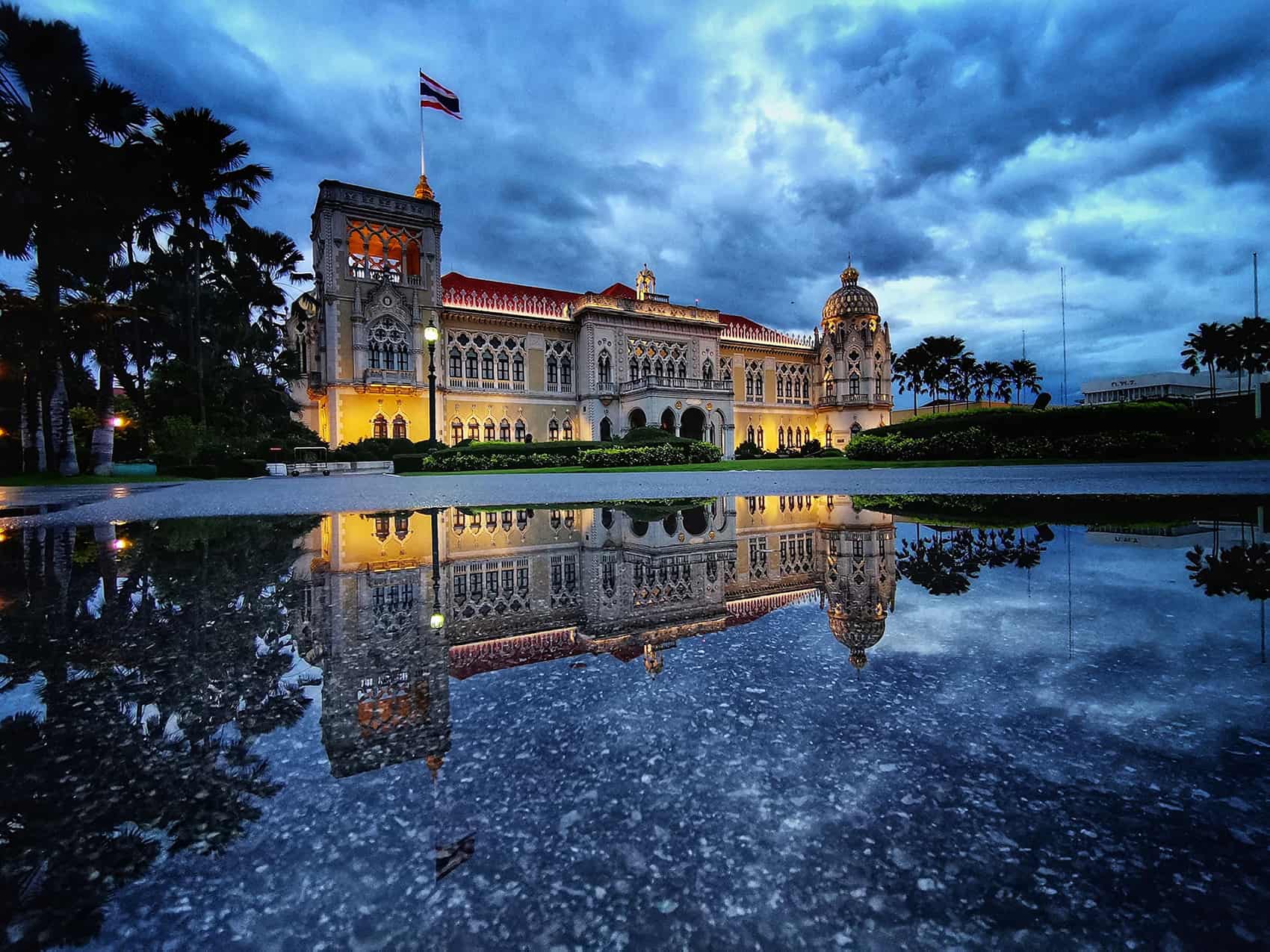
Credit : Apichart Khunnawatbandit on en.wikipedia
Location: Dusit District, Bangkok
The Government House of Thailand was formerly known as Baan Norasing. It was commissioned to the Italian architect Annibale Rigotti by King Rama VI. He wanted it to be the family residence of General Chao Phraya Ram Rakhop, one of his favorite generals. However, it was made the Prime Minister’s office instead in 1941. After the King’s death, Rigotti left the work incomplete and returned to Italy. Corrado Feroci was then commissioned by Prime Minister Plaek Phibunsongkhram to complete it.
It is a two-storied building with neo-Venetian Gothic architecture. A golden dome in the main building houses a statue of Phra Phrom. The facade is similar to that of the Ca’ d’Oro Palazzo, Venice. There are three lounges on the lower floor and the first is the Golden Dome Room where the Prime Minister hosts guests. The Ivory Room in front of this room was meant to be a lounge for any official visitors. A small conference room in the building was used for the Board of Committees. The main office and the offices of other political officers are on the upper floor of the building.
Byzantine art is clearly visible and there is a staircase in the front leading to the central hall. Stucco decoration is another aspect of the interiors and some parts are painted with dry plaster. The roof of the structure is one of its highlights and should be viewed from the front of the building.
Hua Lamphong Railway Station
(สถานีรถไฟหัวลำโพง)
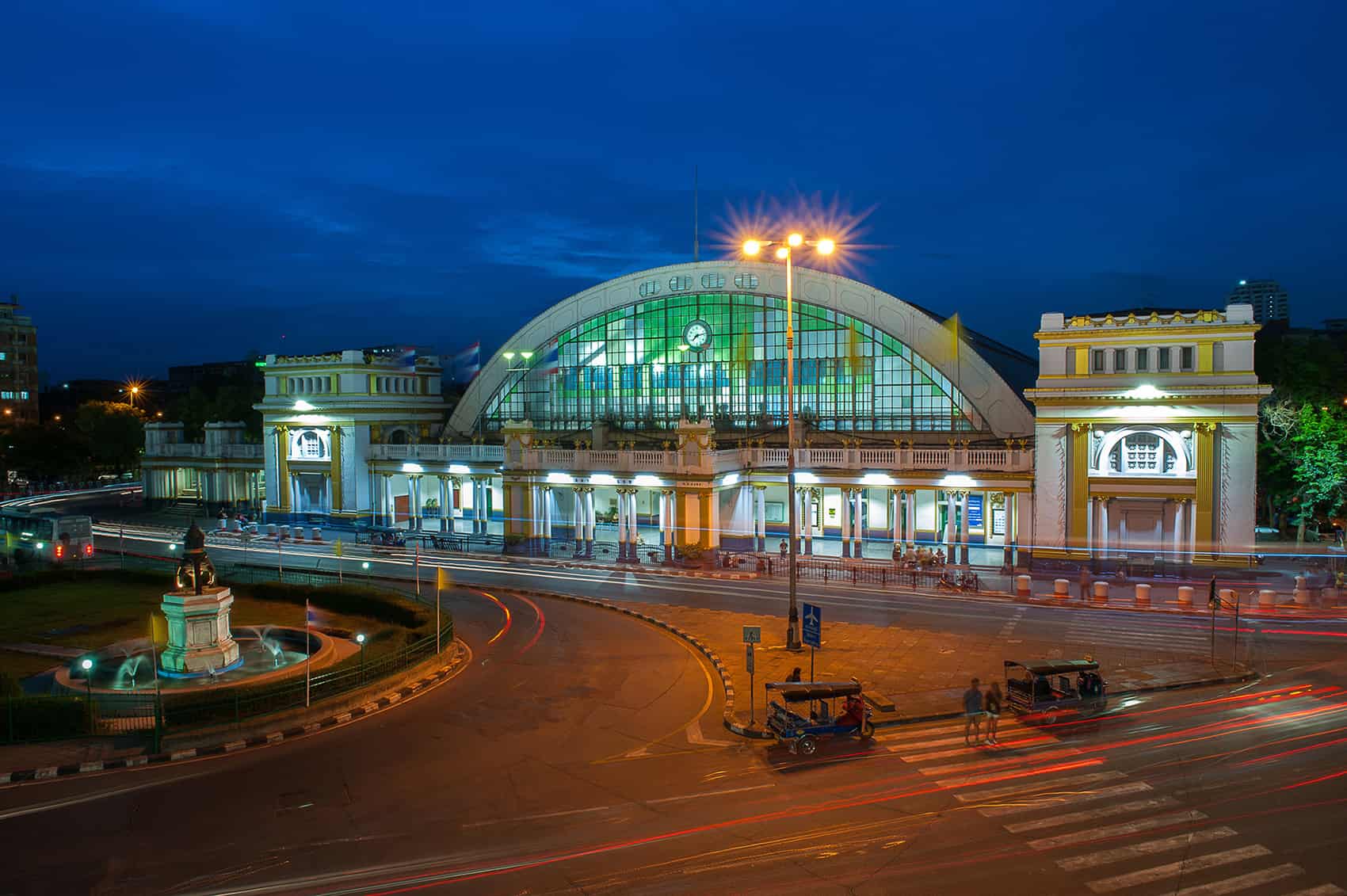
Credit : Preecha.MJ on th.wikipedia
































